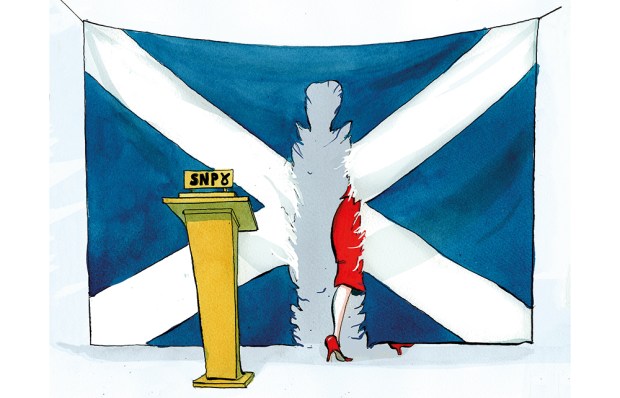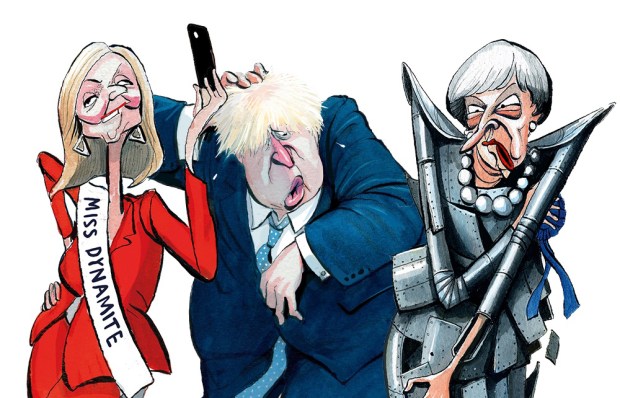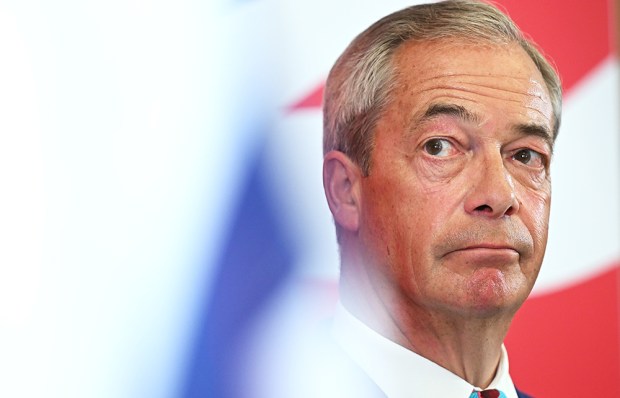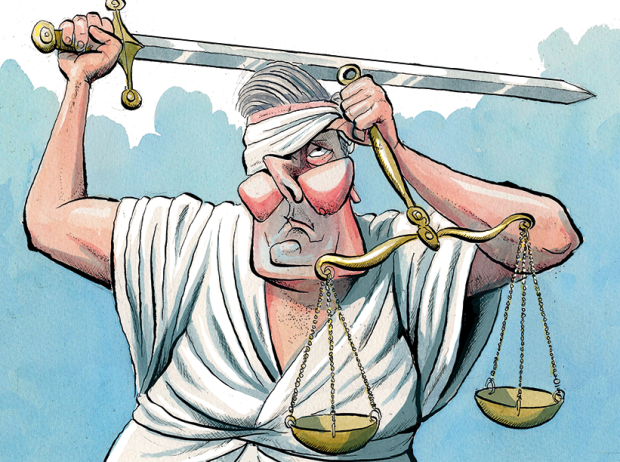Sturgeon’s single issue
Sir: Nicola Sturgeon needs to be careful what she wishes for. Declaring that the next general election will be concerned solely with the issue of Scottish independence is, as you say, ‘a constitutional absurdity’ (‘Sturgeon’s bluff’, 2 July). Heads of government who stipulate single-issue elections are on a hiding to nothing, and rightly so.
Already a subscriber? Log in
Subscribe for just $2 a week
Try a month of The Spectator Australia absolutely free and without commitment. Not only that but – if you choose to continue – you’ll pay just $2 a week for your first year.
- Unlimited access to spectator.com.au and app
- The weekly edition on the Spectator Australia app
- Spectator podcasts and newsletters
- Full access to spectator.co.uk
Or
Unlock this article
You might disagree with half of it, but you’ll enjoy reading all of it. Try your first month for free, then just $2 a week for the remainder of your first year.














Comments
Don't miss out
Join the conversation with other Spectator Australia readers. Subscribe to leave a comment.
SUBSCRIBEAlready a subscriber? Log in